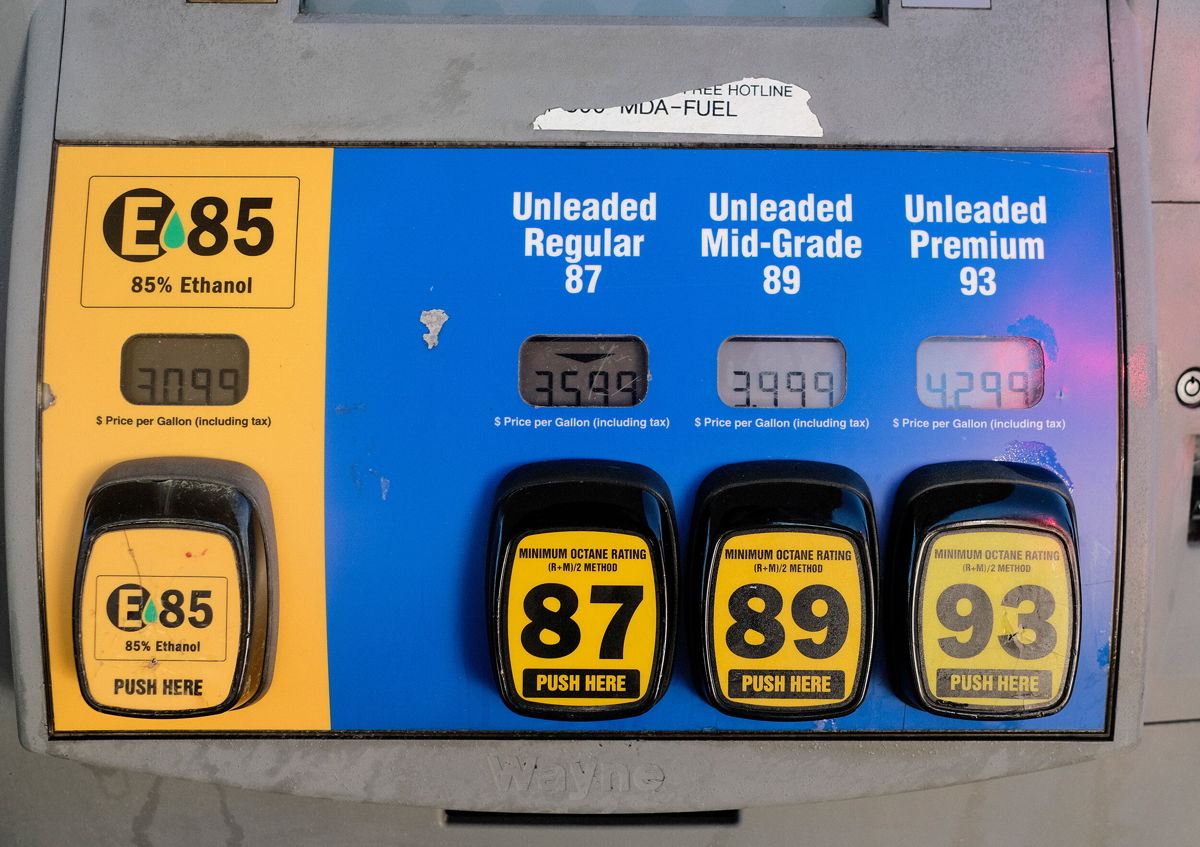This closely watched inflation measure showed some cooling in July

By Alicia Wallace, CNN Business
The Federal Reserve’s favored inflation indicator showed that prices took a breather last month as fuel costs continued to fall from record highs.
The Personal Consumption Expenditures price index rose by 6.3% for the year ended in July, down from the 40-year high of 6.8% reported in June, according to data released by the Bureau of Economic Analysis. On a month-over-month basis, the PCE price index fell by 0.1%.
Stripping out the more volatile food and energy prices, the core PCE index rose by 4.6% from a year ago, the lowest annual increase since October 2021.
“What we saw today was an undoing of that big upside surprise in July, where inflation now is back to where it was in May,” said Scott Brave, lead consumer spending economist for Morning Consult. “And that’s still over 6%. It’s still much too high for the Fed, for sure.”
And on Friday, during a brief speech at the Fed’s annual Jackson Hole Symposium in Wyoming, Chairman Jerome Powell said as much.
“While the lower inflation readings for July are welcome, a single month’s improvement falls far short of what the committee will need to see before we are confident that inflation is moving down,” Powell said. “We are moving our policy stance purposefully to a level that will be sufficiently restrictive to return inflation to 2%.”
The PCE cool down was largely expected as the July Consumer Price Index, another significant inflation barometer, also showed a slowing in price hikes. The most significant shift: energy prices dropped considerably last month.
The latest BEA data reflects that decline. In June, energy prices were up 43.4% from the year-ago period. Last month, that annual gain was 34.4%.
Lower gas prices helped to perk up consumer sentiment, according to new data released Friday by the University of Michigan; however, optimism about the overall economy remained at historic lows.
While US consumers received a welcome reprieve at the pump in July, inflation still remains uncomfortable — especially for lower- and middle-income Americans, Brave said.
“The pressure is building over time here on household budgets,” he said. “And real incomes, inflation-adjusted incomes, are still not really rising strongly. That’s putting pressure and forcing tough decisions to be made.”
The rate of personal savings as a percentage of disposable income remained at 5% — its lowest position in more than 13 years.
Real disposable personal income inched 0.3% higher from June, but it remains down 3.7% on a year-over-year basis, according to BEA data. Consumer spending also gained slightly, up 0.2% for the month, adjusting for inflation.
While much of the current spate of spending has been in the area of services — as people are able to vacation and eat out at restaurants after being limited during the pandemic — some of those July dollars went to durable good categories like cars, furnishings and recreational equipment.
The strength in that type of spending, however, likely will fall off in the coming months, Wells Fargo economists Tim Quinlan and Shannon Seery wrote in a note published Friday.
“We still do not look for durable goods spending to drive consumption going forward,” they wrote. “The cost of financing these big-ticket items is set to rise with Fed rate hikes.”
The-CNN-Wire
™ & © 2022 Cable News Network, Inc., a Warner Bros. Discovery Company. All rights reserved.
